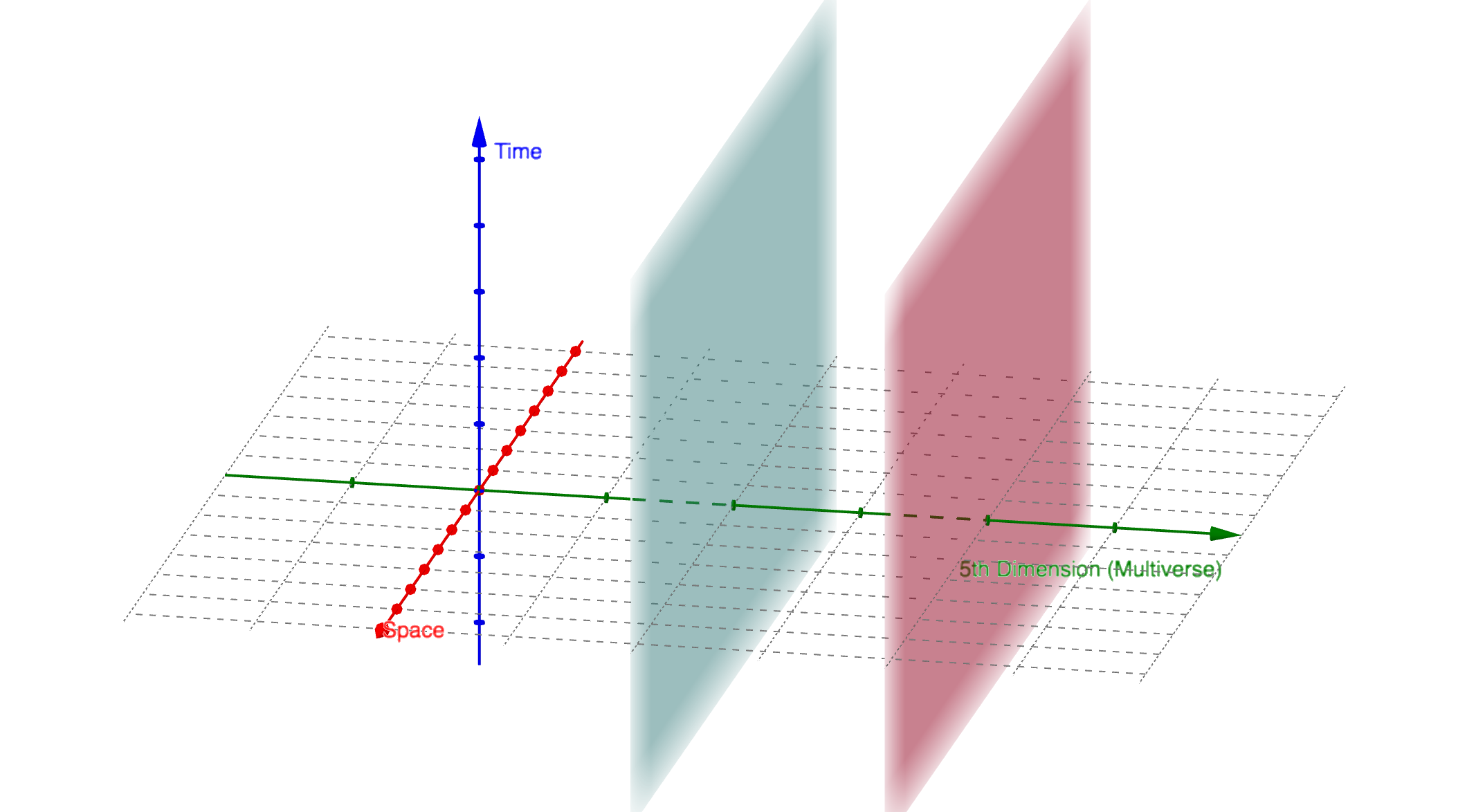- 18,636
- 26,937
What qualifies as a higher dimensional bulk space in the context of the Low 2-C definition on the tiering system page?
Like say you have this all encompassing “astral sea” and within it are these spheres that represent entire universes. Presupposing they aren’t compactified, would this “astral sea” be considered a Low 2-C space since it embeds these universes as subsections of its grander space?
Like say you have this all encompassing “astral sea” and within it are these spheres that represent entire universes. Presupposing they aren’t compactified, would this “astral sea” be considered a Low 2-C space since it embeds these universes as subsections of its grander space?
